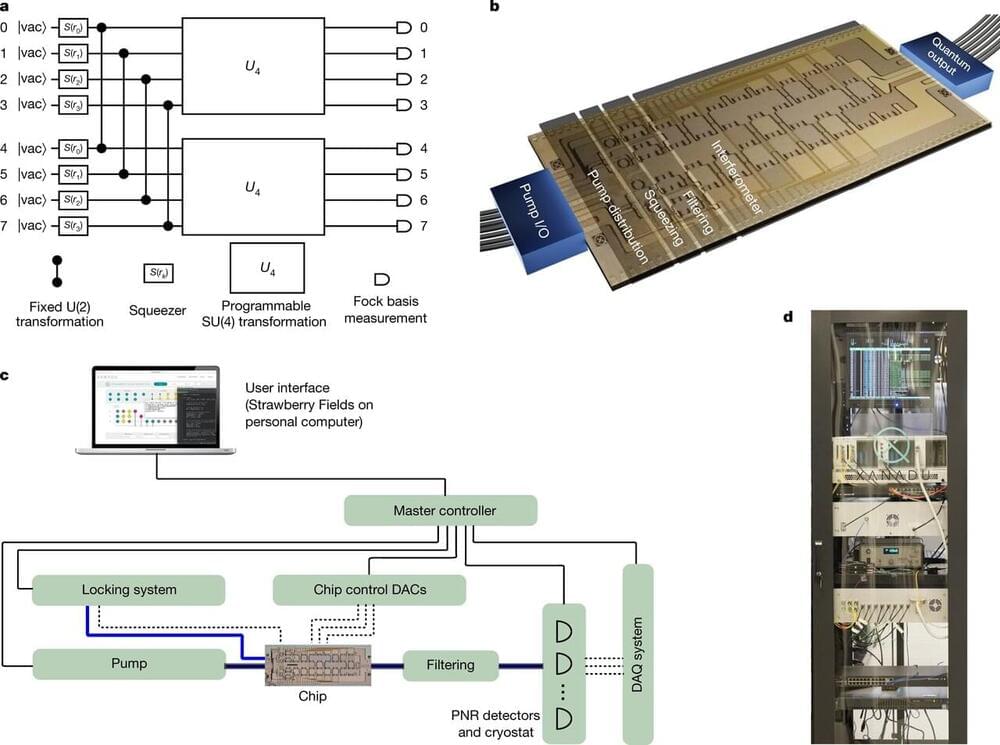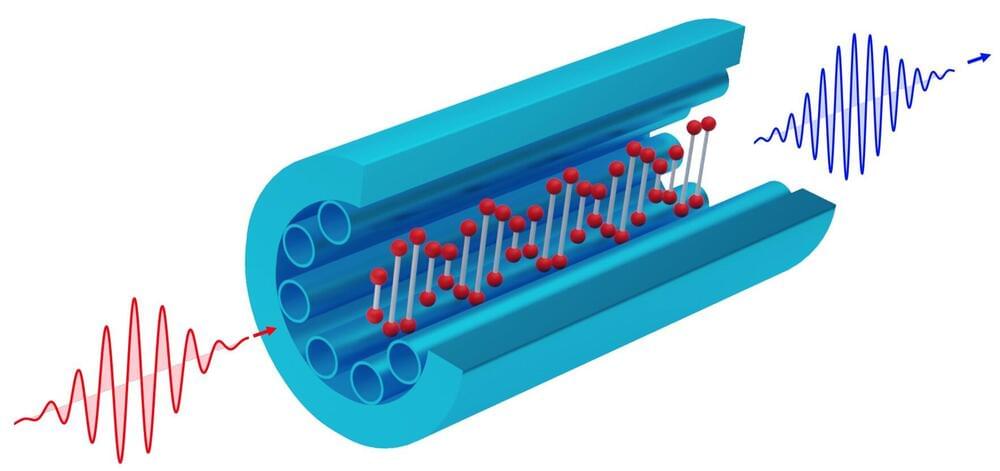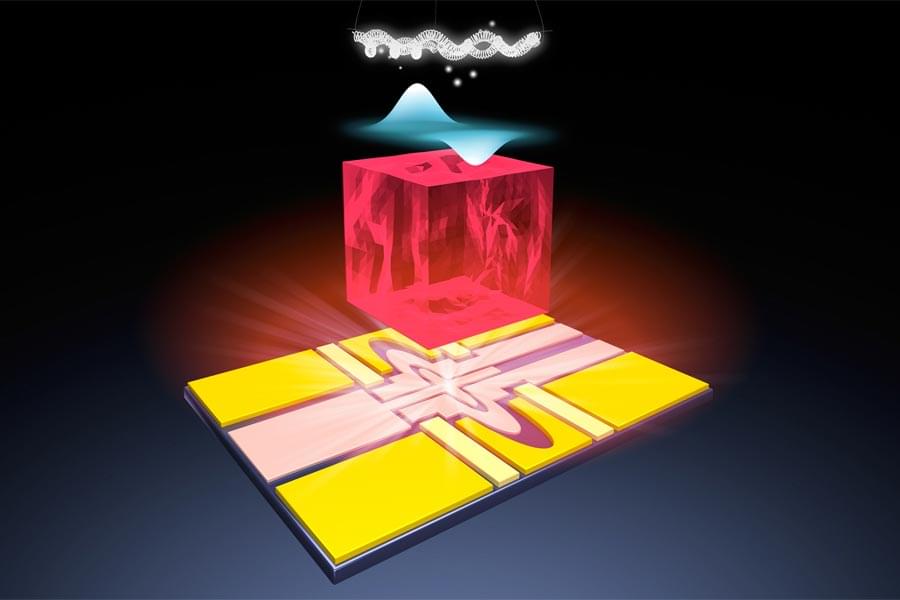A “forever battery” is much smaller and more energy-dense than lithium-ion. They’ll change the world and unlock a trillion-dollar revolution.
In this week’s episode, Aaron and I discuss what could be the “holy grail” of energy: the solid-state — or forever battery. Obviously, lithium-ion cells are the status quo of today. And they power pretty much everything, like your smartphone, laptop and electric vehicle.
However, since they comprise liquids and can only be compressed so much, they aren’t the most energy-dense. And we see this limitation all around us. It’s why that EV in your parking space can’t drive long ranges or recharge very fast. And it’s why that smartphone in your pocket will run out of juice by the end of the day.
The truth about the EV Revolution that’s got everyone hyped is that it won’t boom until we make better batteries. Enter solid-state battery technology — much smaller, more effective and energy-dense than its liquid-state counterparts. This “forever battery,” as insiders have dubbed it, will fundamentally alter the way things work in society. And it’ll unlock a potentially multi-trillion-dollar revolution in the process.







